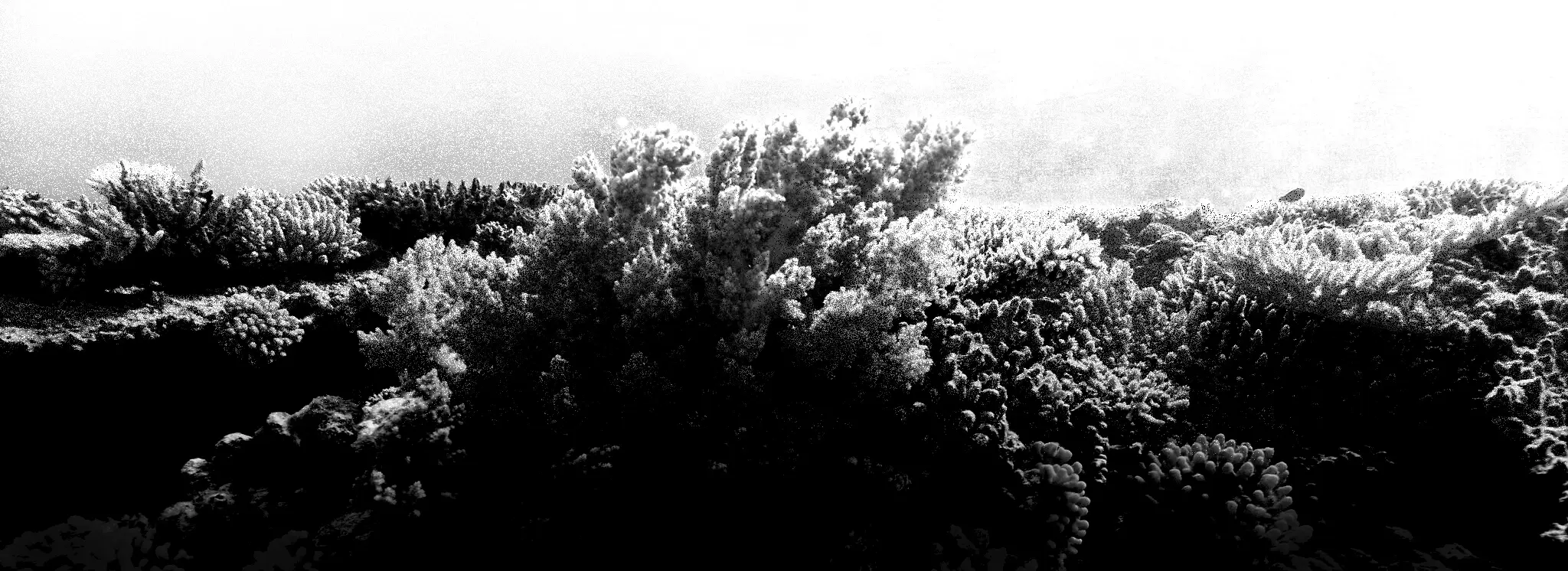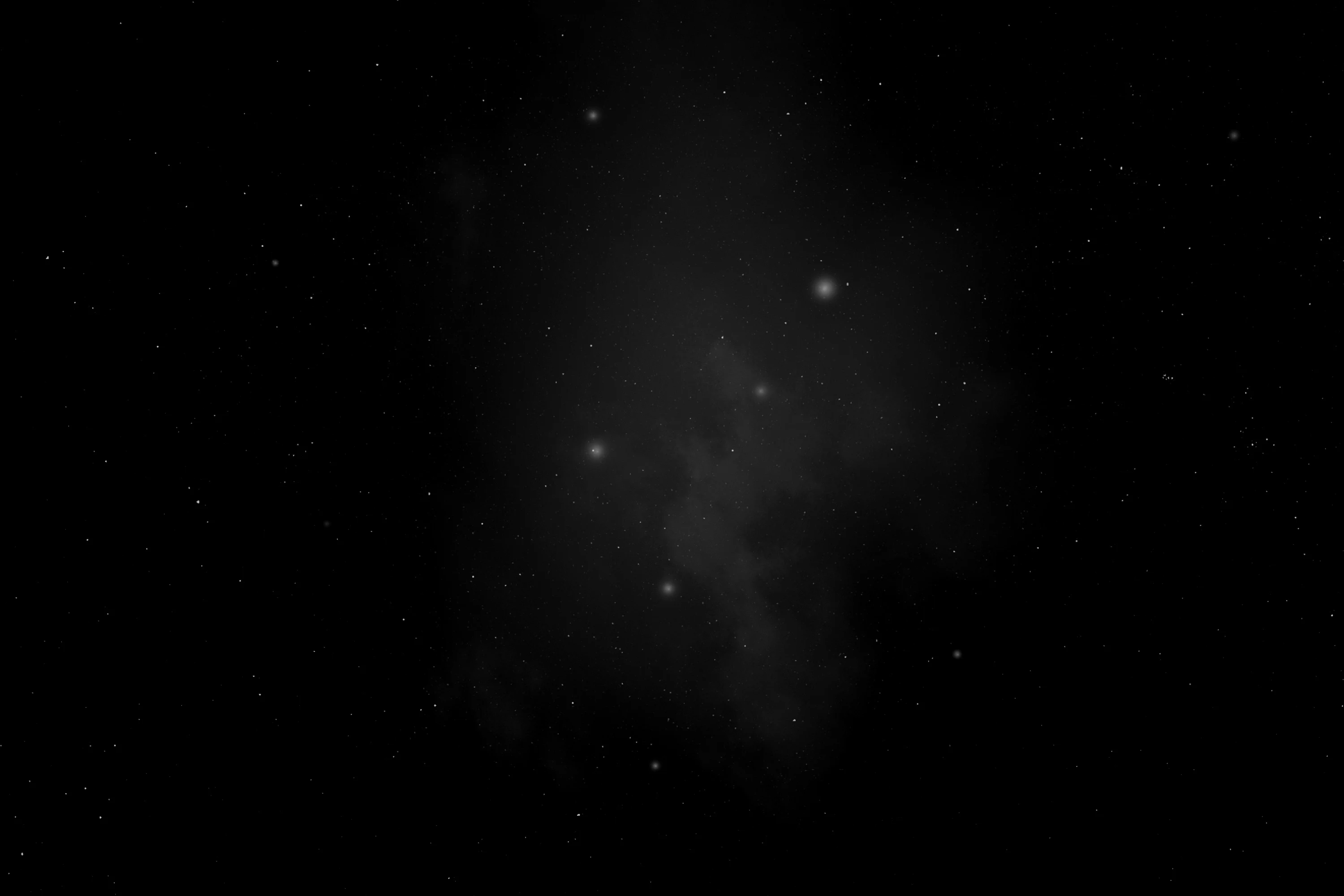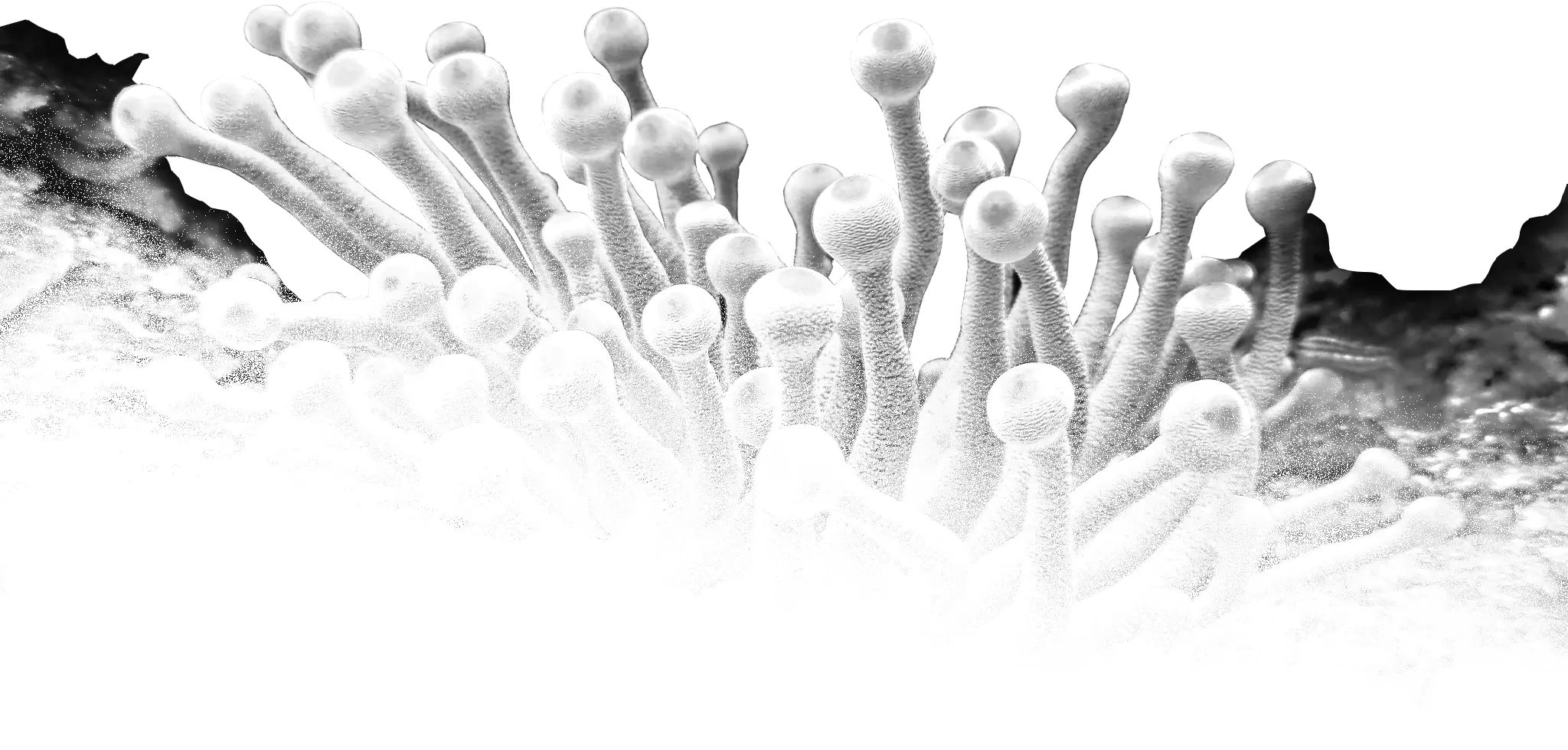
(Placozoa)
Placozoans
Пласт́инчасті
Placozoa is a phylum of free-living (non-parasitic) marine invertebrates. They are blob-like animals composed of aggregations of cells. Moving in water by ciliary motion, eating food by engulfment, reproducing by fission or budding, placozoans are described as “the simplest animals on Earth.” Structural and molecular analyses have supported them as among the most basal animals, thus, constituting a primitive metazoan phylum.
Placozoans do not have well-defined body plans, much like amoebas, unicellular eukaryotes. An individual body measures about 0.55 mm in diameter. There are no body parts. Animals studied in laboratories have bodies consisting of everything from hundreds to millions of cells.
Placozoans have only three anatomical parts as tissue layers inside its body: the upper, intermediate (middle) and lower epithelia. There are at least six different cell types. The upper epithelium is the thinnest portion and essentially comprises flat cells with their cell body hanging underneath the surface, and each cell having a cilium. Crystal cells are sparsely distributed near the marginal edge. A few cells have unusually large number of mitochondria. The middle layer is the thickest made up of numerous fiber cells, which contain mitochondrial complexes, vacuoles and endosymbiotic bacteria in the endoplasmic reticulum. The lower epithelium consists of numerous monociliated cylinder cells along with a few endocrine-like gland cells and lipophil cells. Each lipophil cell contains numerous middle-sized granules, one of which is a secretory granule.
The body axes of Hoilungia and Trichoplax are overtly similar to the oral–aboral axis of cnidarians, animals from another phylum with which they are most closely related. Structurally, they can not be distinguished from other placozoans, so that identification is purely on genetic (mitochondrial DNA) differences.
Trichoplax is a small, flattened, animal around 1 mm (0.039 in) across. An amorphous multi-celled body, analogous to a single-celled amoeba, it has no regular outline, although the lower surface is somewhat concave, and the upper surface is always flattened. The body consists of an outer layer of simple epithelium enclosing a loose sheet of stellate cells resembling the mesenchyme of some more complex animals. The epithelial cells bear cilia, which the animal uses to help it creep along the seafloor.
The lower surface engulfs small particles of organic detritus, on which the animal feeds. All placozoans can reproduce asexually, budding off smaller individuals, and the lower surface may also bud off eggs into the mesenchyme. Sexual reproduction has been reported to occur in one clade of placozoans, whose strain H8 was later found to belong to genus Cladtertia, where intergenic recombination was observed as well as other hallmarks of sexual reproduction.
Some Trichoplax species contain Rickettsiales bacteria as endosymbionts. One of the at least 20 described species turned out to have two bacterial endosymbionts; Grellia which lives in the animal’s endoplasmic reticulum and is assumed to play a role in the protein and membrane production. The other endosymbiont is the first described Margulisbacteria, that lives inside cells used for algal digestion. It appears to eat the fats and other lipids of the algae and provide its host with vitamins and amino acids in return.
Studies suggest that aragonite crystals in crystal cells have the same function as statoliths, allowing it to use gravity for spatial orientation.
Located in the dorsal epithelium there are lipid granules called shiny spheres which release a cocktail of venoms and toxins as an anti-predator defense, and can induce paralysis or death in some predators. Genes has been found in Trichoplax with a strong resemblance to the venom genes of some poisonous snakes, like the American copperhead and the West African carpet viper.
The Placozoa show substantial evolutionary radiation in regard to sodium channels, of which they have 5–7 different types, more than any other invertebrate species studied to date.
Three modes of population dynamics depended upon feeding sources, including induction of social behaviors, morphogenesis, and reproductive strategies.
In addition to fission, representatives of all species produced “swarmers” (a separate vegetative reproduction stage), which could also be formed from the lower epithelium with greater cell-type diversity.
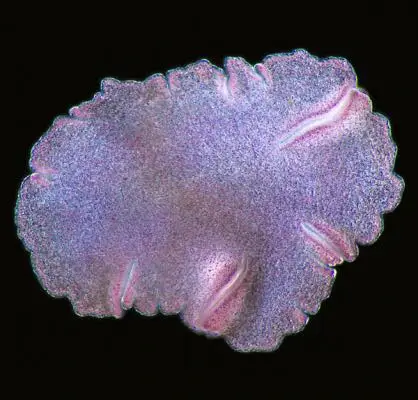
(Trichoplax adhaerens)
Trichoplax
Трихоплакс
Has been collected, among other places, in the Red Sea, the Mediterranean, and the Caribbean, off Hawaii, Guam, Samoa, Japan, Vietnam, Brazil, and Papua New Guinea, and on the Great Barrier Reef off the east coast of Australia.
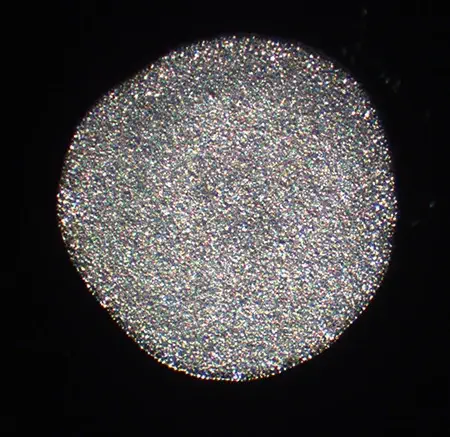
(Hoilungia hongkongensis)
Was discovered in brackish water from mangrove swamps in Hong Kong. These organisms are generally found in the biofilm surfaces in tropical and subtropical environments.
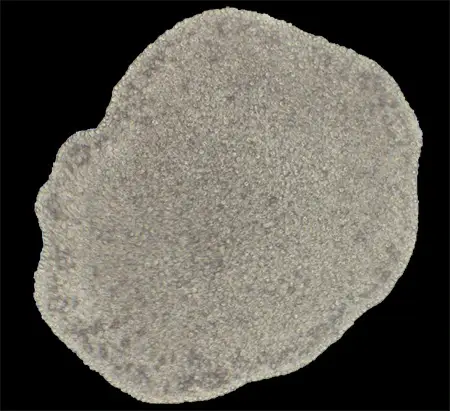
(Cladtertia collaboinventa)
It has been found in warm tropical waters with low seasonal changes, ranging from 26°N to 25°S, where it occupies a distinct ecological niche compared to other placozoan lineages.
